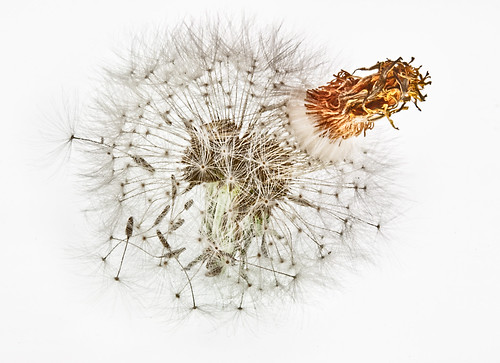From my email bag: “I recently bought several of your books in order to learn something and I got really intrigued by Creative Night and night photography. Here’s my question: You presented lots of nice and successful pictures taken at night; however, how many weren’t nice and successful so that you could get the good ones?”—Wants to Improve
Dear Wants to Improve: A perfectly fair question, and with night photography in particular there is a great deal that can go wrong (and often does) when I shoot. I think the bigger question is not how much I might shoot in a night but rather how long it took me to get there in terms of my life experience. If you look at my blog and my Flickrstream you’ll see that I haven’t removed my older work, which in some cases isn’t up to my current standards. There’s some discussion of this point and related issues in Darwin Wiggett’s interview with me on his blog.
As a discipline, night photography doesn’t always give one that many chances at shots in a single night. As a case in point, with From Sunrise to Sunset, since the aggregated exposures lasted all night there was literally only one shot I could make per night. I was either going to get it or not. Also, the celestial conditions were only going to right one or two days a month because I needed a night without significant cloud cover in the dark of the moon.
While the shot worked, in fact, I screwed up the same shot up the preceding night. “Screwed up” is used as a technical term, by the way, in this context: My camera was in mirror-lockup mode from a previous session, I forgot to reset it, so each of my four minute exposures was missing the one minute it took for the shutter to open in mirror-lock-up mode.
The important things are to be aware when one makes a mistake, to take responsibility for it, to not beat oneself up, and to be a good editor of one’s own work.
So, yes, I shoot plenty of duds, and I’m proud of it! Nobody can consistently create only perfect images, it just can’t be done, and trying too hard for perfection all the time is a good recipe for creative block.
Some mistakes are a hallmark of experimentation, but I do also like to think that I am growing technically and creatively, and that the histogram of the quality of my work is moving steadily up and to the right.
I believe that this is how you should judge your own work, no matter what stage of photography you are at: Not all photos are perfect. Nor should they be. What’s important is to learn and grow, both technically and creatively. If you are continuing to learn and grow, then you are on the right track. Wanting to improve is a great starting place.
About the photo: My kids found this rather exotic dandelion, with the blossom gone to seed stuck to its own core. Maybe it was trying too hard to be the perfect dandelion!
I brought the dandelion inside very carefully and shot it on a white background under a light tent. You can view the image in a larger size by clicking on the link.
Exif data: 100mm macro, 1 second at f/16 and ISO 200, tripod mounted.
